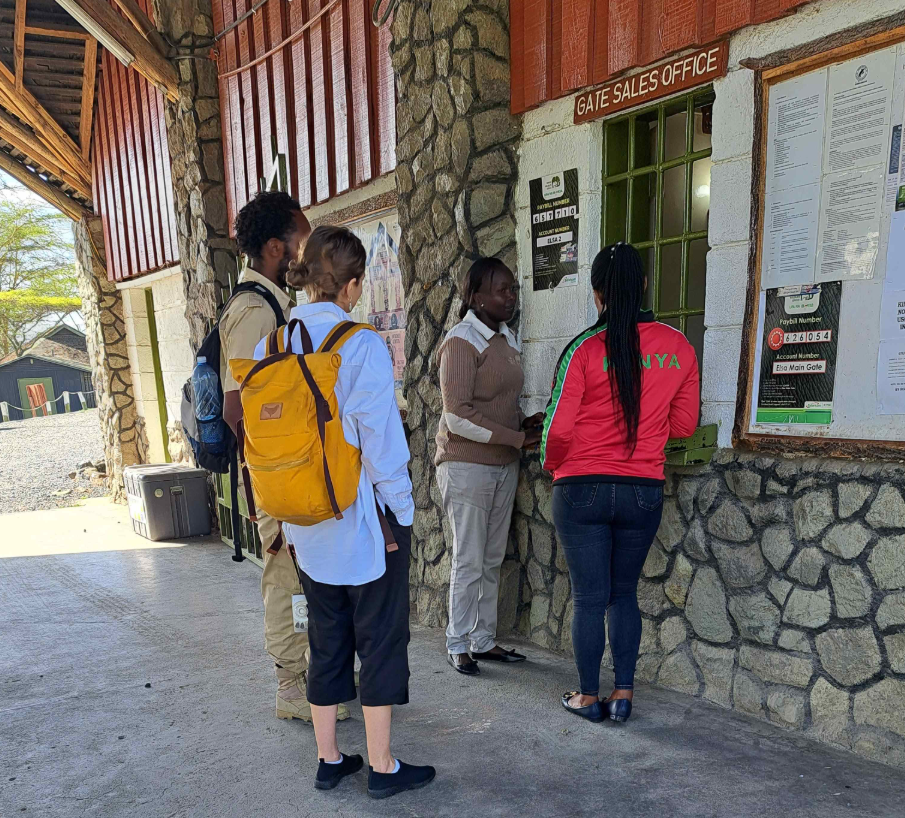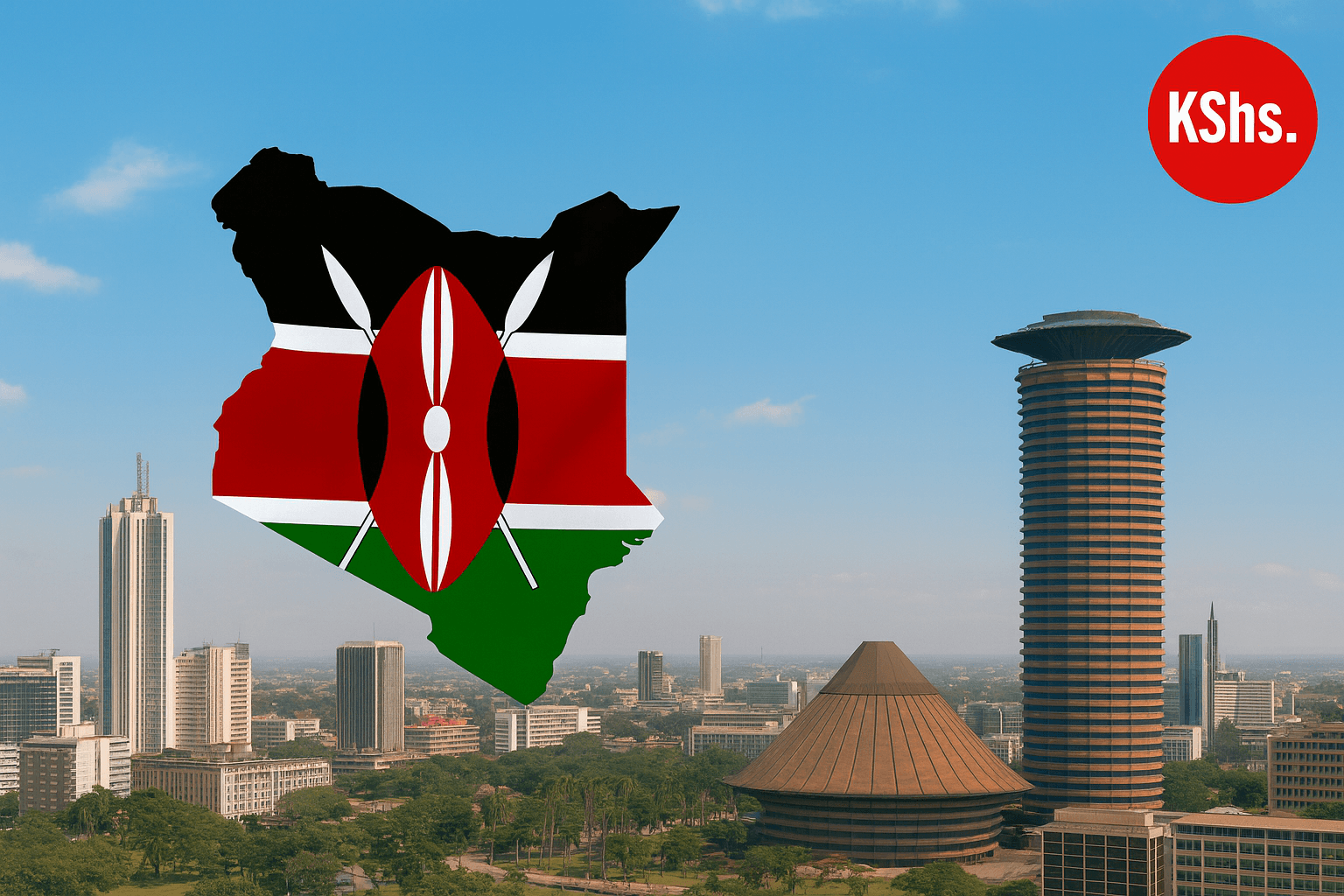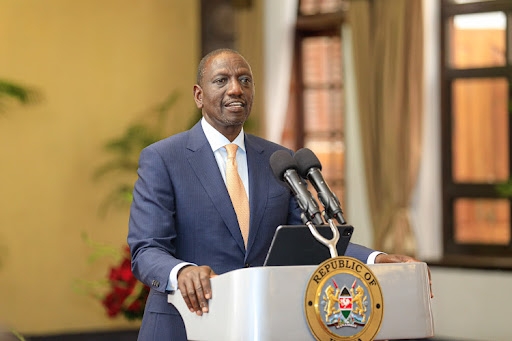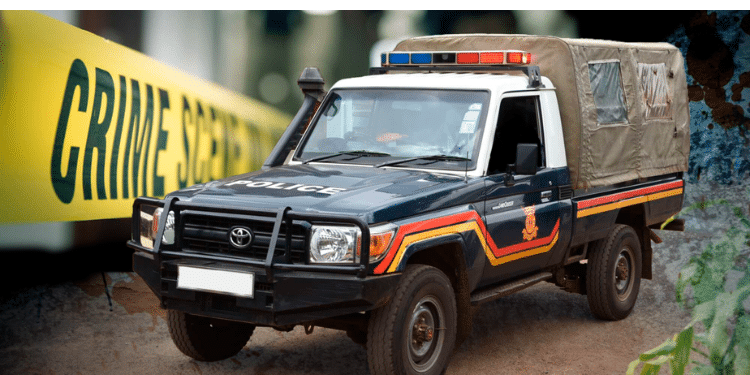

KENYA Wildlife Service is mobilising additional resources to strengthen its wildlife conservation efforts, address emerging threats and secure the long-term future of Kenya’s iconic biodiversity, management now says.
It is keen to close a Sh12 billion annual funding gap, a shortfall caused by stagnated income, inflationary pressures and rising operational demands, which has significantly constrained the service’s capacity to fulfill its conservation mandate.
In the 2024-2025 financial year, KWS generated Sh7.92 billion against a requirement of Sh19.79 billion, limiting its ability to protect wildlife, restore degraded ecosystems and respond to challenges such as human-wildlife conflict and poaching.
To help bridge this gap, KWS has gazetted the draft Wildlife Conservation and Management (Access and Conservation Fees) Regulations, 2025, proposing a revised fee structure for access to national parks, reserves, sanctuaries and marine protected areas.
If approved, this will be the first comprehensive review of conservation fees in 18 years, a long-overdue move that reflects current conservation realities and the urgent need for sustainable financing.
The revised fees are not simply a financial measure, management said, as they are a lifeline for wildlife.
The proposed changes are part of a broader revenue enhancement strategy designed to support core conservation activities, including restoration of habitats and ecosystems, mitigation of human-wildlife conflict, enhanced anti-poaching and wildlife security operations and modernisation of park infrastructure and services.
KWS is also keen on expansion of conservation education and awareness programmes.
“For over a decade, our conservation fee structure has remained static, despite rising costs, evolving visitor expectations and increasing threats to wildlife,” KWS Director General, Erustus Kanga, said.
“Today, more than 90 per cent of our internal revenue comes from tourism related activities. Yet we face a widening fiscal deficit that undermines not only conservation, but also the livelihoods of over one million Kenyans whose jobs depend on a thriving wildlife economy, ranging from community scouts and rangers to tour operators, hoteliers and artisans.”
An impact assessment conducted prior to drafting the new regulations informed the proposed pricing model.
Under the new framework, park revenues are projected to grow from Sh7.92 billion in 2024 to Sh16.58 billion by 2028, driven by realistic trends in visitation and spending behaviour.
Importantly, the proposed changes maintain Kenya’s status as an accessible, competitive and world-class conservation destination, Kanga noted.
The review is aligned with KWS’s 2024–2028 Strategic Plan and will strengthen protection of endangered species and critical habitats, enable faster and more effective responses to conservation threats, improve the visitor experience across protected areas and reduce reliance on exchequer support by building a self-sustaining conservation model and enhance institutional performance and resilience, management affirmed.
“This review is not just about revenue, it is about the survival of our wildlife and the resilience of our conservation systems,” Kanga emphasized, “It is a bold and necessary step to protect our biodiversity, support communities who coexist with wildlife and secure the future of Kenya’s natural heritage for generations to come.”
The proposed fee adjustments are being implemented through a transparent, inclusive process that includes extensive stakeholder consultations and public participation across the country.
Currently, rates range between $22 and $60 for foreign children and adults, depending on the park while locals are paying an average Sh215 for children with adults paying Sh860 to access key parks.
Wildlife tourism remains a vital pillar of Kenya’s economy—contributing approximately 10 per cent to national GDP and generating over $1 billion (Sh128.9 billion) in direct annual revenue.
By reinvesting in conservation through this initiative, KWS aims to unlock even greater socio-economic and ecological benefits, it said.

















